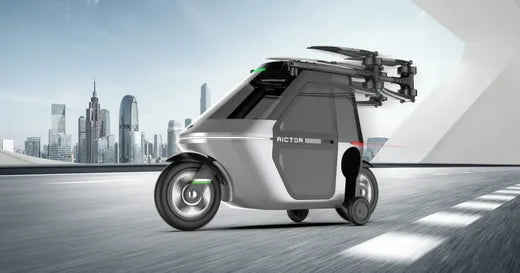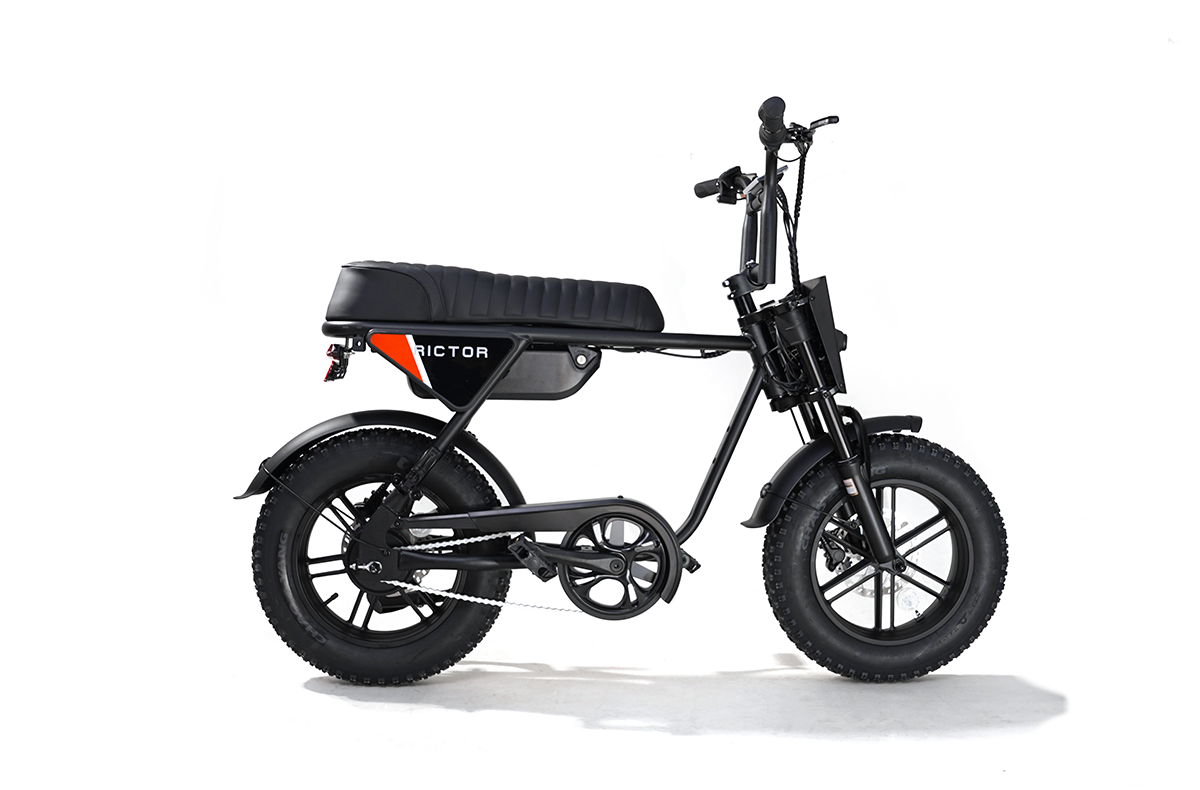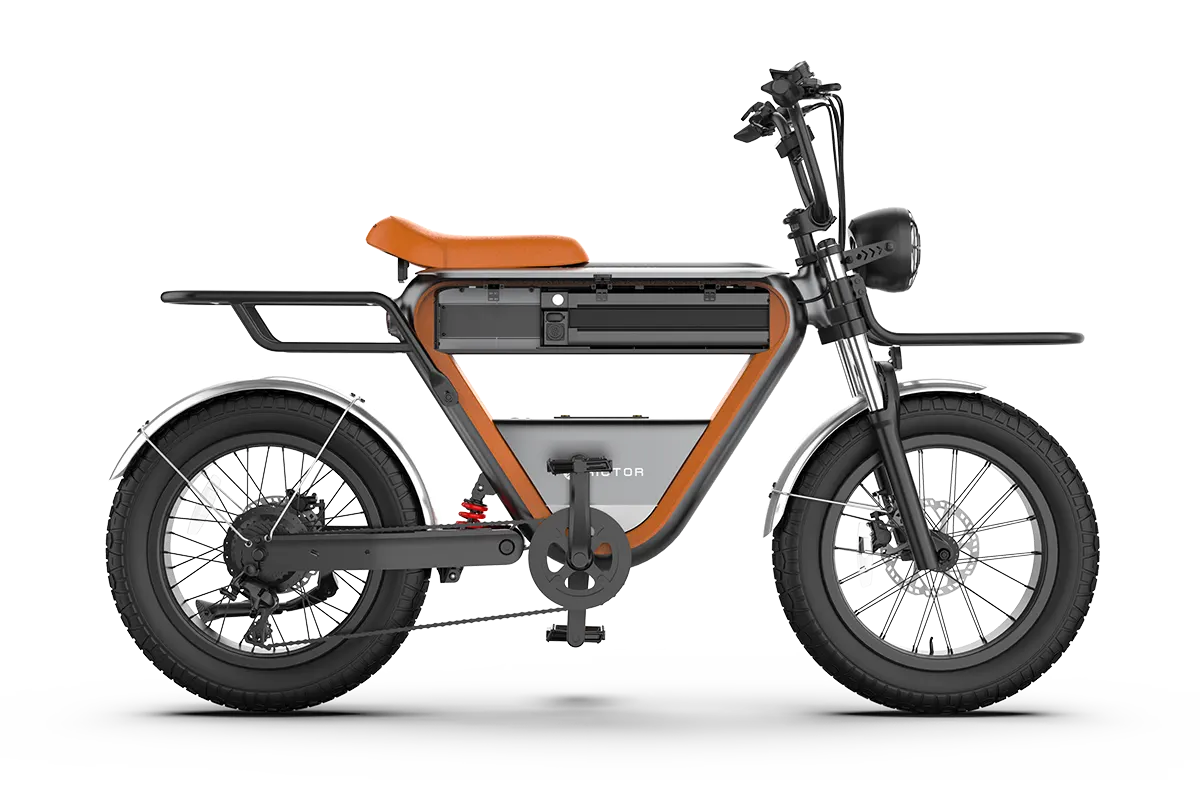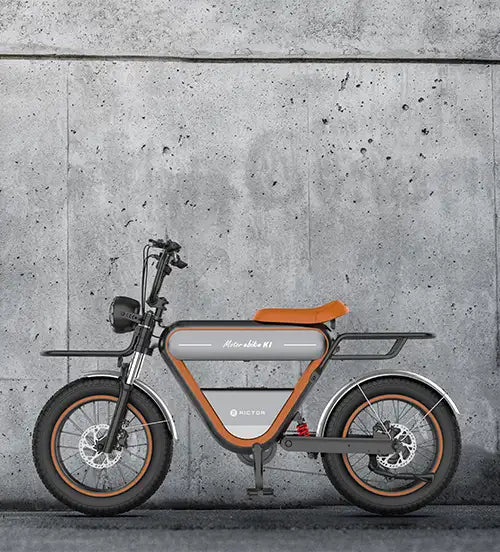
What Are eVTOLs and How Do They Work?
An eVTOL (electric vertical takeoff and landing aircraft) is a new generation of electric-powered aircraft designed to take off and land vertically. These aircraft combine the capabilities of helicopters and drones, offering the potential for urban air mobility (UAM) and other exciting applications.
The History of eVTOL Development
The concept of eVTOLs is relatively new but has gained significant momentum in recent years. Early ideas for vertical takeoff aircraft date back to the mid 20th century, with helicopters being the first practical implementation.
eVTOLs emerged as a distinct category in the 2000s, driven by advances in electric propulsion and battery technology. Companies like Joby Aviation and Lilium are among the frontrunners, developing prototype eVTOLs for future commercial use.
The primary difference between eVTOLs and traditional aircraft lies in their ability to take off and land vertically, eliminating the need for long runways.
Traditional helicopters also have vertical lift capabilities but typically use gas powered engines, making them less efficient and more polluting than electric powered eVTOLs. In contrast, eVTOLs offer quieter, cleaner, and more energy efficient operation, which positions them as a promising alternative for short range air travel.
SEE ALSO The Rise of eVTOL: How the Rictor Skyrider X1 is Shaping the Future of Personal Mobility

Classification of eVTOLs
Rotorcraft (Rotary Wing): These eVTOLs use multiple rotors (like a drone or helicopter) to achieve vertical lift. The rotors are typically arranged in a manner that provides stability and control during both hover and forward flight.
Fixed Wing: Some eVTOLs use fixed wings in combination with vertical lift fans or rotors. These aircraft take off and land vertically but transition to forward flight using traditional fixed wings for greater efficiency during cruising.
Hybrid: Hybrid eVTOLs combine elements of both rotary and fixed wing designs. These aircraft are capable of vertical takeoff and landing, but also incorporate wings for forward flight, offering a balance between lift and efficiency.
Classification by Use Case
Passenger Transport: These eVTOLs are designed to carry passengers in urban environments, providing a quick and efficient alternative to ground transportation. They often seat between two to six people and are envisioned as air taxis for urban mobility.
Cargo Delivery: eVTOLs can be used to transport goods, including medical supplies, food, and consumer products. These aircraft could provide fast, reliable delivery services, especially in areas where traditional transportation infrastructure is lacking.
Medical Emergency Services: eVTOLs are also being explored for use in medical emergencies, such as transporting patients or delivering medical supplies to remote areas. Their vertical lift capabilities make them ideal for reaching areas that might be difficult to access with traditional vehicles.
Key Technologies and Innovations
The heart of eVTOL technology is its electric propulsion system, which typically uses multiple electric motors to generate lift.
These motors are powered by high capacity batteries and offer several advantages over traditional gas powered engines, including lower noise levels, fewer emissions, and greater operational efficiency.
eVTOLs are designed to take off and land vertically, eliminating the need for long runways. This capability is enabled by advanced rotor and propulsion systems that allow for both hover and controlled flight in all directions. By incorporating lift fans, rotors, or tilt rotor mechanisms, eVTOLs achieve the versatility needed for urban air mobility.
Many eVTOL designs incorporate autonomous flight technology, including automated navigation, flight controls, and safety systems.
This reduces the need for human pilots and enhances the overall safety and efficiency of operations.
By utilizing AI and machine learning, eVTOLs can optimize flight paths, monitor systems in real time, and ensure smooth takeoff, flight, and landing procedures.
One of the biggest challenges for eVTOLs is developing batteries with high energy density that can provide long flight times while keeping the aircraft lightweight. Advances in lithium-ion and solid state batteries are crucial to extending the range of eVTOLs and ensuring they can operate in urban environments without frequent recharging.
Market Trending
Companies like Joby Aviation, Lilium, Vertical Aerospace, and Archer Aviation are leading the charge in the development of eVTOL technology. These firms are working toward making eVTOLs commercially viable, with several prototypes already undergoing flight testing.
The eVTOL market is expected to grow rapidly in the coming decades. The global demand for urban air mobility solutions, coupled with advancements in technology, could push the eVTOL market to billions of dollars in revenue by the 2030s.
As battery technology improves and autonomous flight becomes more reliable, eVTOLs are expected to become safer, more efficient, and more cost-effective. This will likely drive adoption across various sectors, including transportation, logistics, and healthcare.
Skyrider X1: The World’s First Amphibious Flying Motorcycle
The Skyrider X1, touted as the world's first amphibious flying motorcycle, has been unveiled at CES in Las Vegas. Manufactured by Rictor, the vehicle marks a bold leap from their previous e-bike offerings, most notably the Rictor K1. The X1 is designed to be both a street-legal electric moped and a flying vehicle, and its combination of electric mobility and flight capability places it squarely within the rapidly advancing eVTOL (electric vertical takeoff and landing) space.
On the ground, the X1 could function like an electric moped, thanks to its automated outrigger training wheels that provide stability. But when the road traffic becomes overwhelming, the Skyrider X1 can lift off with the push of a button. It’s equipped with eight coaxial propellers, which allow it to take flight once the arms are folded out. Its lightweight construction, using carbon fiber composites and aviation-grade aluminum, ensures it can remain agile and resilient both in the air and on the road.
Flight performance varies depending on the model. The skyrider X1 SL, with a 10.5 kWh battery, promises a flight duration of up to 25 minutes, though this is subject to scrutiny given the power demands of such a vehicle. On the other hand, the more powerful X1 SX, with a larger 21 kWh battery, is claimed to achieve up to 40 minutes of flight time.
The Skyrider X1 certainly pushes the envelope on what’s possible in the mobility world, combining land and air travel in one sleek package. However, whether it can truly deliver on its ambitious promises remains to be seen.
FAQs
How far can an eVTOL fly?
The range of an eVTOL varies depending on the model and battery size. Most eVTOLs have a range between 50 to 250 miles (80 to 400 km), with flight durations typically ranging from 30 minutes to 2 hours, depending on battery capacity.
How fast can an eVTOL travel?
eVTOLs are designed for urban air mobility, so their speeds usually range from 100 to 200 mph (160 to 320 km/h), although some high performance models can exceed these speeds.
Are eVTOLs safe?
Safety is a major focus in the development of eVTOLs, with many manufacturers working closely with aviation regulatory authorities to meet rigorous safety standards. Most eVTOLs are designed with multiple redundancies, such as multiple rotors, to ensure safety in case of mechanical failure.




